Try Except Requests Python
1. Overview of error handling in Python: Try-except blocks
Error handling in Python is achieved through the use of try-except blocks. The try block contains the code that is expected to raise an exception, while the except block catches and handles the exception. If an exception occurs within the try block, the code execution jumps to the corresponding except block, and the exception can be handled accordingly. This allows for graceful error handling and prevents the program from crashing when unexpected errors occur.
2. Introduction to the requests library in Python
The requests library is a powerful tool for making HTTP requests in Python. It provides a user-friendly interface to interact with web services and retrieve data from remote servers. The requests library simplifies the process of sending HTTP requests, handling cookies, handling redirects, and parsing response content.
3. Understanding common exceptions and errors in requests
When using the requests library, several exceptions and errors can occur. Some of the most common ones include:
– ConnectionError: This exception is raised if a connection to the server cannot be established.
– TimeoutError: This exception is raised if the request times out.
– HTTPError: This exception is raised if the server responds with a status code indicating an error, such as 404 Not Found or 500 Internal Server Error.
4. Implementing basic exception handling with try-except in requests
To handle exceptions in requests, we can wrap our code within a try-except block. For example, if we want to handle a ConnectionError, we can write the following code:
“`
import requests
try:
response = requests.get(‘https://example.com’)
# Code to handle a successful response
except requests.exceptions.ConnectionError:
# Code to handle a failed connection
“`
In this example, if a ConnectionError occurs while making the request, the code within the except block will be executed.
5. Handling specific exceptions in requests: ConnectionError and TimeoutError
In addition to handling generic exceptions, we can also handle specific exceptions that may occur in requests. For example, if we want to handle a ConnectionError and TimeoutError separately, we can create multiple except blocks:
“`
import requests
try:
response = requests.get(‘https://example.com’, timeout=5)
# Code to handle a successful response
except requests.exceptions.ConnectionError:
# Code to handle a failed connection
except requests.exceptions.Timeout:
# Code to handle a timeout error
“`
By using multiple except blocks, we can customize the error handling based on the specific exception that occurred.
6. Dealing with status code errors using try-except in requests
When making HTTP requests, it is common to check for status code errors. For example, if a server responds with a status code indicating an error, we may want to handle it differently. We can do this using the HTTPError exception:
“`
import requests
try:
response = requests.get(‘https://example.com’)
response.raise_for_status()
# Code to handle a successful response
except requests.exceptions.HTTPError as e:
print(f’Request failed with status code: {e.response.status_code}’)
“`
In this example, if the server responds with a status code indicating an error, the code within the except block will be executed, and the status code will be printed.
7. Customizing error messages and feedback with try-except in requests
In addition to handling exceptions, we may want to provide more detailed error messages or feedback to the user. We can do this by customizing the exception handling code within the except block:
“`
import requests
try:
response = requests.get(‘https://example.com’)
response.raise_for_status()
# Code to handle a successful response
except requests.exceptions.HTTPError as e:
print(f’Request failed with status code: {e.response.status_code}’)
print(f’Detailed error message: {e.response.text}’)
“`
By accessing the response object within the except block, we can retrieve additional information about the error, such as the response status code or the response content.
8. Using multiple except blocks to handle different types of exceptions in requests
In some cases, we may want to handle different types of exceptions differently. We can do this by using multiple except blocks:
“`
import requests
try:
response = requests.get(‘https://example.com’)
response.raise_for_status()
# Code to handle a successful response
except requests.exceptions.ConnectionError:
# Code to handle a failed connection
except requests.exceptions.Timeout:
# Code to handle a timeout error
except requests.exceptions.HTTPError as e:
print(f’Request failed with status code: {e.response.status_code}’)
print(f’Detailed error message: {e.response.text}’)
“`
By using multiple except blocks, we can handle each type of exception separately.
9. Advanced exception handling techniques in requests: Finally and else blocks
In addition to the try and except blocks, Python also provides the finally and else blocks, which can be used for advanced exception handling. The finally block is executed regardless of whether an exception occurs or not, while the else block is executed only if no exception occurs:
“`
import requests
try:
response = requests.get(‘https://example.com’)
except requests.exceptions.ConnectionError:
# Code to handle a failed connection
except requests.exceptions.Timeout:
# Code to handle a timeout error
except requests.exceptions.HTTPError as e:
print(f’Request failed with status code: {e.response.status_code}’)
print(f’Detailed error message: {e.response.text}’)
else:
# Code to handle a successful response
finally:
# Code that will always be executed
“`
By using the finally and else blocks, we can ensure that certain code is executed regardless of whether an exception occurs or not.
10. Best practices for error handling with try-except in requests
When handling errors with try-except in requests, it is important to follow some best practices:
– Handle specific exceptions separately: By handling specific exceptions separately, you can provide more precise error handling based on the type of exception that occurred.
– Provide meaningful error messages: When an exception occurs, try to provide meaningful error messages or feedback to the user, so they can understand what went wrong and how to fix it.
– Use the raise_for_status() method: By calling the raise_for_status() method on the response object, you can raise an HTTPError exception if the server responds with a status code indicating an error. This allows for easy error handling based on the server’s response.
FAQs:
Q: What is the purpose of error handling in Python?
A: Error handling allows developers to handle unforeseen errors and exceptions that can occur during the execution of their code. It prevents the program from crashing and provides a way to gracefully handle errors.
Q: Can I handle different types of exceptions separately in Python?
A: Yes, in Python, you can handle different types of exceptions separately by using multiple except blocks. This allows for customized error handling based on the specific exception that occurred.
Q: How can I provide meaningful error messages to the user?
A: By accessing the response object within the except block in requests, you can retrieve additional information about the error, such as the response status code or the response content. This information can be used to provide more detailed error messages or feedback to the user.
Q: What are some best practices for error handling in Python?
A: Some best practices for error handling in Python include handling specific exceptions separately, providing meaningful error messages, and using the raise_for_status() method in requests to raise an HTTPError exception if the server responds with a status code indicating an error.
Handling Exceptions In The Python Requests Library
Keywords searched by users: try except requests python Try catch requests Python, Python try except print error, Python requests throw exception if not 200, Try/except return Python, Python request print error message, Requests Session in Python, Response status_code Python, HTTPError python
Categories: Top 12 Try Except Requests Python
See more here: nhanvietluanvan.com
Try Catch Requests Python
Introduction:
In the world of web development, working with APIs (Application Programming Interfaces) is a common occurrence. APIs allow different software applications to communicate with each other, sharing data and functionalities seamlessly. One of the most popular libraries used for making HTTP requests in Python is requests library. In this article, we will explore how to handle exceptions that may arise when making API requests using the try-catch mechanism in Python.
Understanding Exception Handling:
Exception handling is a programming construct used to gracefully deal with unexpected errors or exceptional situations that may occur during program execution. In Python, exceptions are objects that represent an error or anomaly. When an exception occurs, it interrupts the normal flow of the program and an error message is printed to the console by default. However, by using the try-catch mechanism, we can intercept these exceptions, handle them, and perform alternative actions.
Handling Exceptions with Try-Catch:
In Python, the try-catch block is implemented using the try and except keywords. The try block contains the code that may raise an exception, while the except block handles the raised exception. The basic syntax is as follows:
“`
try:
# Code that may raise an exception
except ExceptionType:
# Code to handle the exception
“`
Using Try-Catch with Requests:
When using the requests library for making API requests, various exceptions can occur. Some common exceptions include ConnectionError, Timeout, and RequestException. These exceptions typically arise due to network issues, unreachable hosts, or server-side errors. By wrapping our requests code in a try block and catching these specific exceptions, we can handle these situations gracefully.
Example:
“`
import requests
try:
response = requests.get(“https://api.example.com”)
# Perform operations on the response
except requests.ConnectionError:
print(“A connection error occurred.”)
except requests.Timeout:
print(“The request timed out.”)
except requests.RequestException as e:
print(“An error occurred:”, e)
“`
In the example above, we attempt to make an HTTP GET request to `”https://api.example.com”`. If a ConnectionError exception occurs, the corresponding code block executes, informing the user about the connection error. Similarly, if a Timeout exception occurs, a message about the request timing out is displayed. Lastly, if any other RequestException occurs, which is the base class for all requests exceptions, the error is printed along with an informative message.
Handling Multiple Exceptions:
In some cases, we may need to handle multiple exceptions. This can be achieved by listing the exception types within a single except block, separated by commas. For example:
“`
try:
# Code that may raise multiple exceptions
except (ExceptionType1, ExceptionType2):
# Code to handle either ExceptionType1 or ExceptionType2
“`
This approach saves us from duplicating code for similar exception handling cases. However, it’s important to note that when catching multiple exceptions, the order in which the exceptions are listed is crucial. Python will handle the exception that matches the first listed exception type.
FAQs:
Q1: Can you provide an example of handling a specific exception with requests?
A1: Certainly! Here’s an example where we handle the HTTPError exception specifically, which occurs when the server returns a non-2xx HTTP response code.
“`python
import requests
try:
response = requests.get(“https://api.example.com”)
response.raise_for_status() # Check for HTTP errors
except requests.HTTPError:
print(“An HTTP error occurred.”)
“`
Q2: How do I handle any exception that may arise, without being specific?
A2: If you want to handle any type of exception, regardless of its specific type, you can use the base Exception class, like this:
“`python
try:
# Code that may raise any exception
except Exception as e:
print(“An exception occurred:”, e)
“`
Q3: Is it necessary to use the try-catch mechanism for every HTTP request?
A3: It depends on your requirements and the level of error handling you desire. While it is generally a good practice to use try-catch for handling exceptions in API requests, in some cases, it may be acceptable to let the exception propagate up the call stack.
Conclusion:
Exception handling plays a crucial role in ensuring code reliability and robustness. When working with the requests library in Python, using the try-catch mechanism allows us to gracefully handle exceptions that may arise during API requests. By catching specific exceptions, we can provide informative error messages to the user and perform alternative actions as needed. Remember to be knowledgeable about the different exceptions that may occur and choose the appropriate approach for handling them.
Python Try Except Print Error
Introduction:
Python is a versatile and powerful programming language known for its simplicity and readability. Like any other programming language, Python is prone to errors. These errors, also known as exceptions, can lead to program termination if not handled properly. One of the ways to effectively manage errors in Python is through the use of the try-except block. In this article, we will explore the try-except print error approach, its advantages, and how it can be implemented to create robust and error-resistant Python programs.
Understanding the Try-Except Block:
The try-except block is a control structure in Python that allows programmers to handle exceptions gracefully. It works by attempting to execute a block of code enclosed within the try block. If any exception occurs during this execution, it is caught by the except block, preventing the program from crashing. The except block then handles the exception by providing an appropriate error message or performing necessary actions to rectify the situation.
Using Print Statements to Display Error Messages:
The try-except block can be enhanced by incorporating print statements to display error messages. This approach enables the programmer to get a clear understanding of the underlying issue, aiding in effective debugging and troubleshooting. By printing error messages, developers gain insights into the specific exception that occurred. These messages can include relevant information such as the type of exception, where it occurred, and any additional details that might be useful for resolving the problem. Furthermore, by customizing the error message, developers can create more user-friendly applications, guiding users through unexpected situations and helping them provide accurate information when reporting issues.
Example Code:
To illustrate the try-except print error approach, let’s consider an example where we divide two numbers provided by the user:
“`
try:
numerator = int(input(“Enter the numerator: “))
denominator = int(input(“Enter the denominator: “))
result = numerator / denominator
print(“The result of the division is:”, result)
except ZeroDivisionError:
print(“Error: Division by zero is not allowed.”)
except ValueError:
print(“Error: Please enter valid integer values for numerator and denominator.”)
“`
In the example code above, the try block attempts to execute the division operation. If a ZeroDivisionError occurs, indicating that the denominator is zero, the respective except block is triggered, printing a meaningful error message. Additionally, if a ValueError is raised, suggesting that the user hasn’t entered valid integer values, the appropriate except block is executed, providing an informative error message. This simple yet effective technique helps users recognize and understand what went wrong in their input, facilitating quicker bug identification and resolution.
FAQs:
Q1: What happens if an exception occurs but there is no except block to catch it?
If an exception occurs, and there is no corresponding except block to handle it, the program will terminate abruptly. The default error message will be displayed, which includes information about the exception type, line number, and possible stack trace. Therefore, it is crucial to include appropriate except blocks to manage potential errors effectively.
Q2: Can I have multiple except blocks for different types of exceptions?
Yes, the try-except block allows the inclusion of multiple except blocks to handle different types of exceptions. By specifying different except blocks for specific exceptions, you can provide tailored error messages or perform specific actions for each type of exception that may occur during program execution.
Q3: Is it necessary to include a try-except block for every potential error in my code?
In general, it is considered good practice to include try-except blocks for potential errors that can be anticipated. However, for certain exceptional cases, it might not be necessary or practical to handle every specific exception. In such cases, you can create a more generic except block to handle unexpected errors and log or display a generic error message.
Q4: How can I utilize the try-except print error technique to improve user experience?
By incorporating the try-except print error technique, you can provide users with better feedback when something unexpected occurs. By printing custom error messages, you can guide users through the issue and help them provide more accurate information when reporting errors. Additionally, you can implement error logging mechanisms to collect and analyze error messages, enabling you to fine-tune your application and enhance user experience over time.
Conclusion:
Python’s try-except print error technique offers an efficient way to handle exceptions and create robust programs. By incorporating custom error messages, developers gain valuable insights into exception occurrences, enabling effective debugging and troubleshooting. The try-except print error approach enhances user experience by providing clear feedback on unexpected events, helping users understand the problem and facilitating better communication between developers and users. With thorough error handling and informative error messages, Python programs can become more resilient and user-friendly, ensuring smoother execution even in unpredictable scenarios.
Images related to the topic try except requests python

Found 29 images related to try except requests python theme



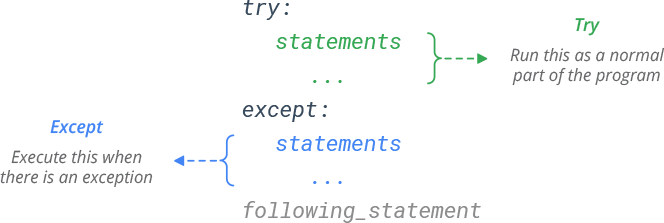


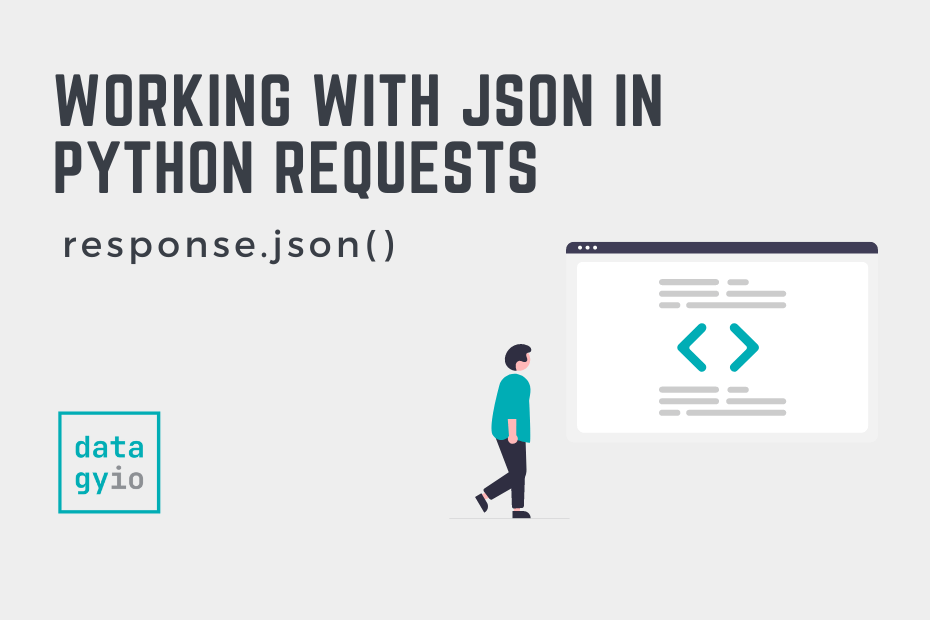

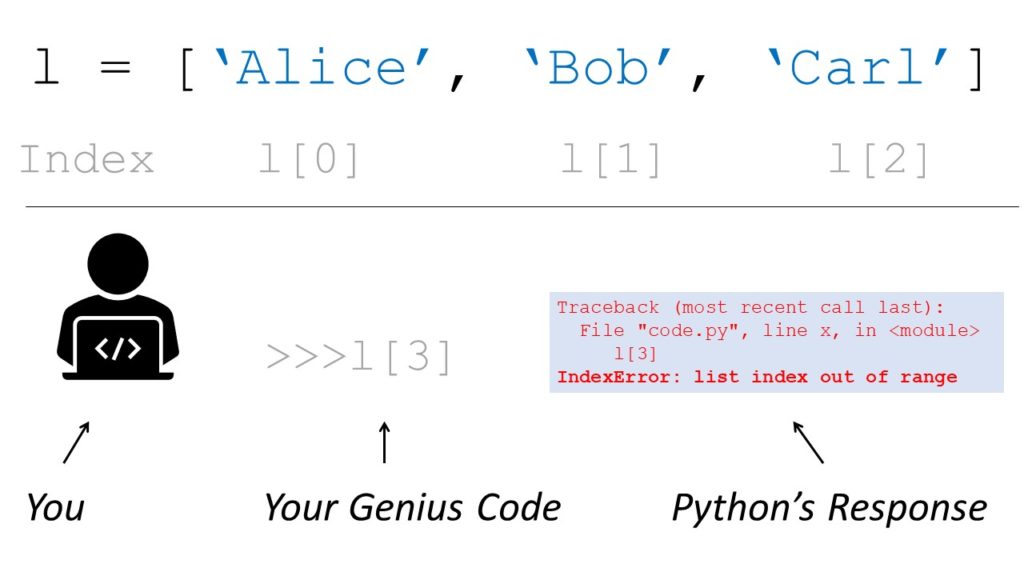

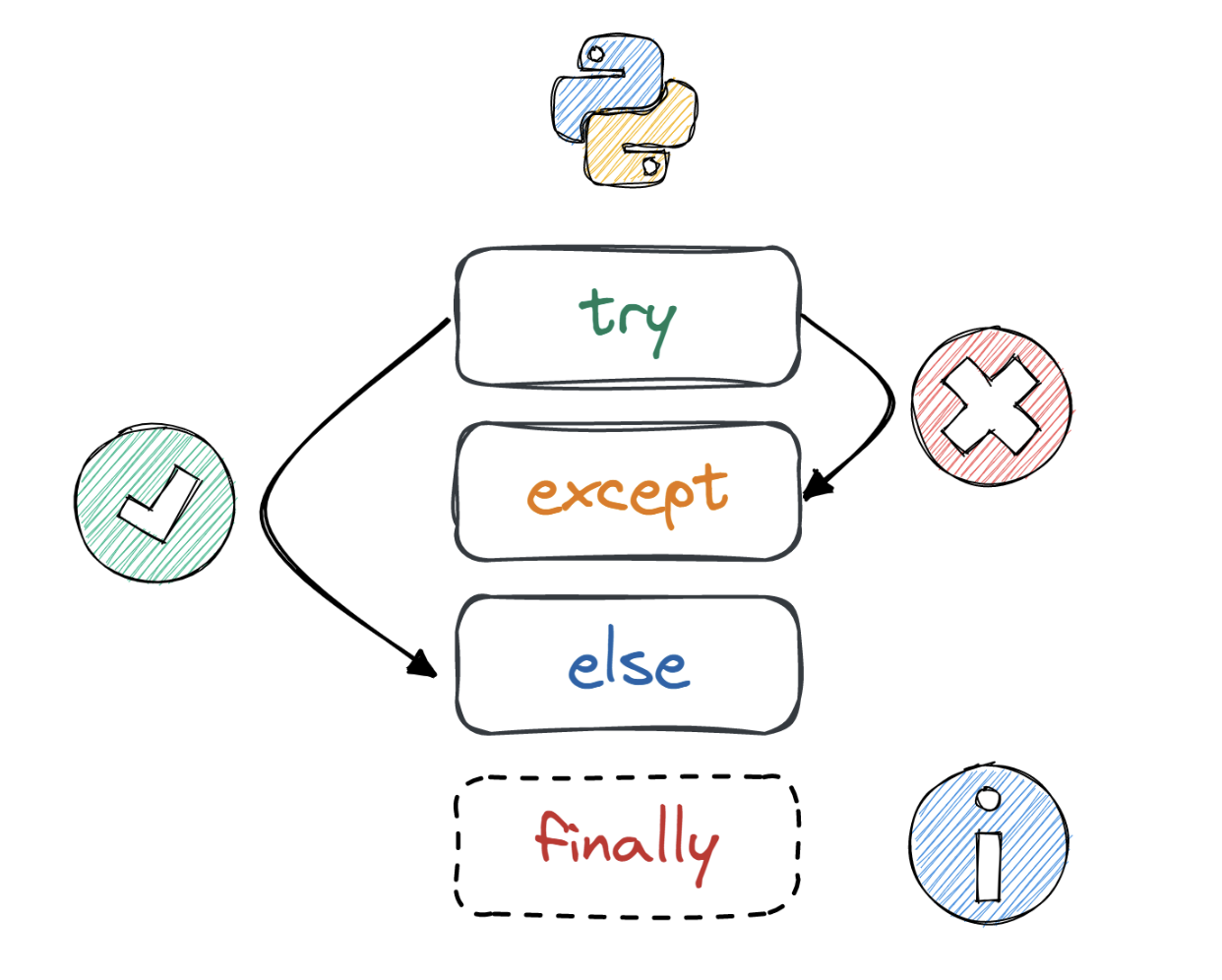

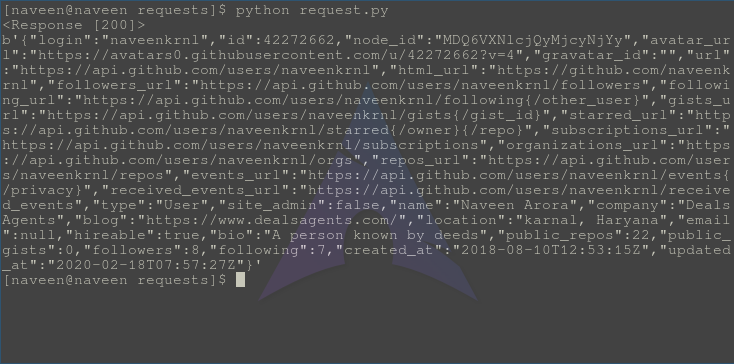


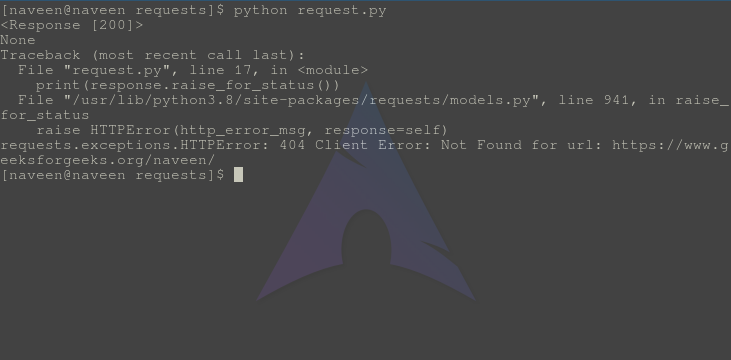
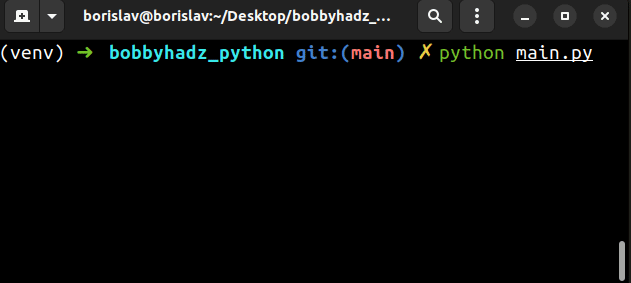
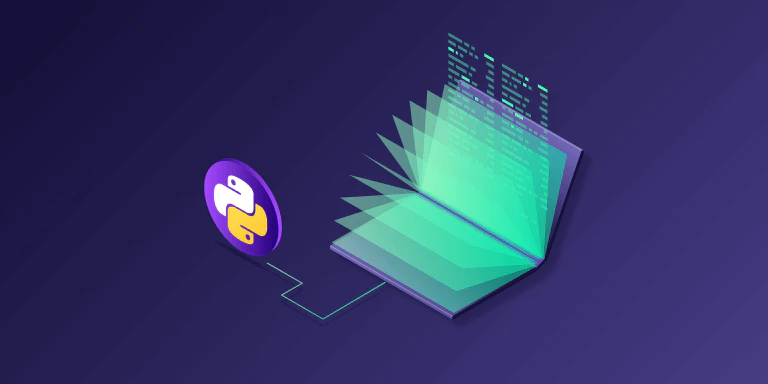

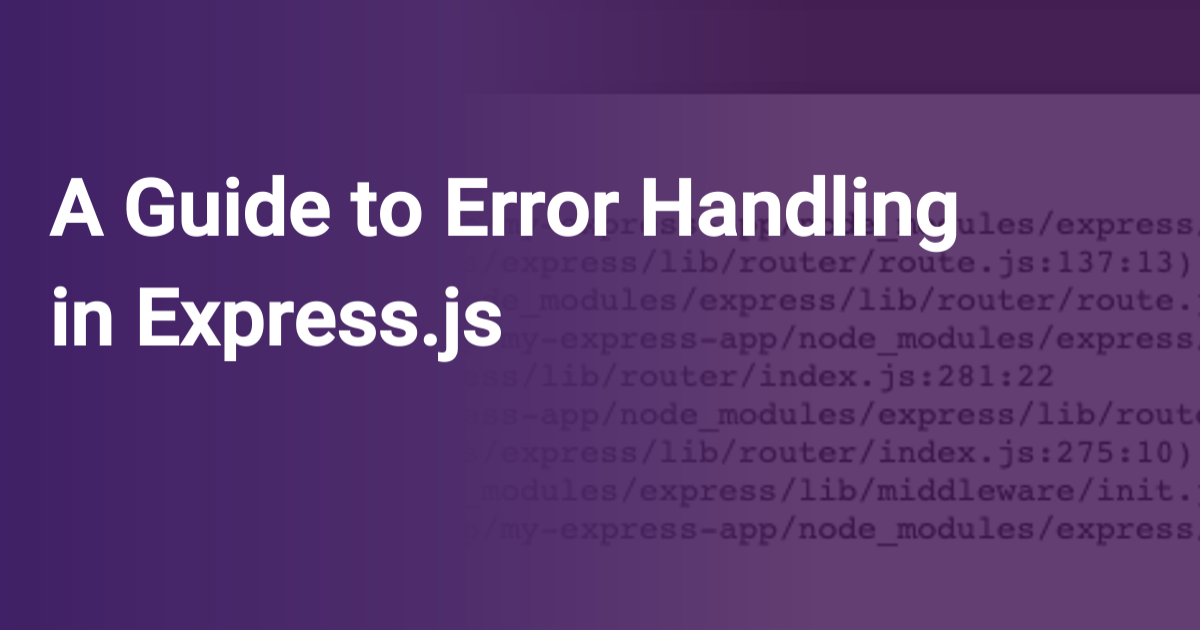






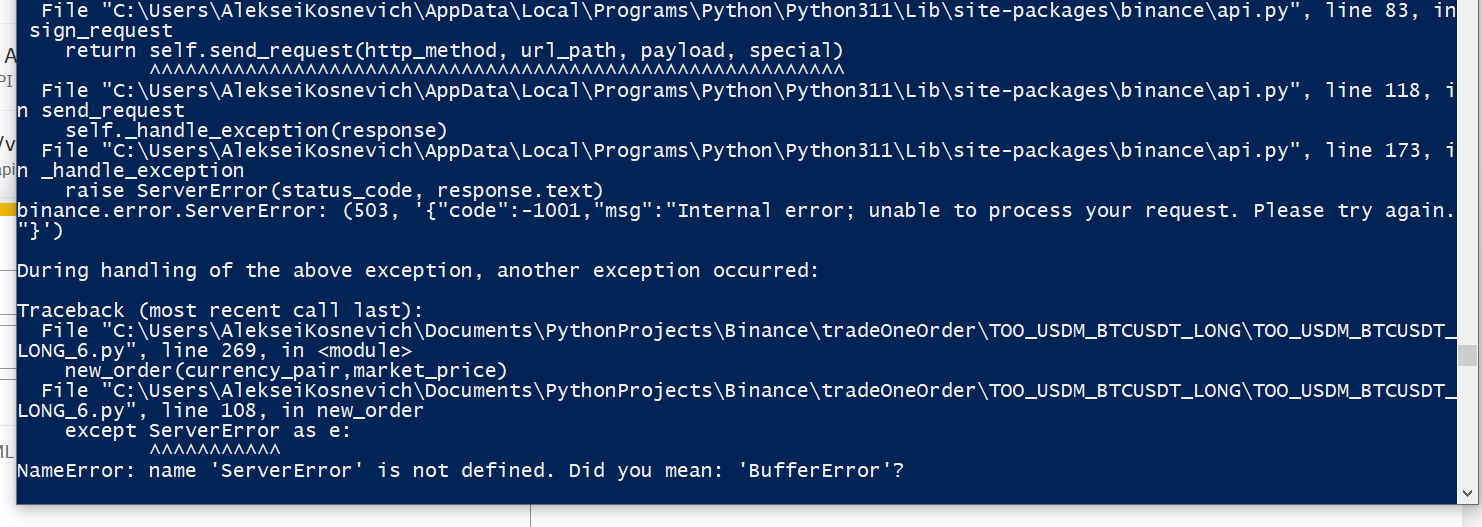




![Fixed] urllib.error.httperror: http error 403: forbidden - Python Pool Fixed] Urllib.Error.Httperror: Http Error 403: Forbidden - Python Pool](https://www.pythonpool.com/wp-content/uploads/2022/04/1-57-1024x227.png)

![Python Web Scraping Tutorial: Step-By-Step [2023 Guide] | Oxylabs Python Web Scraping Tutorial: Step-By-Step [2023 Guide] | Oxylabs](https://images.prismic.io/oxylabs-sm/ZDIwODc5ZDQtNmNlNC00NjVmLTg0ZmQtZDBjN2IzYTExOTVl_oxylabs-images-05.jpeg?auto=compress,format&rect=0,0,1200,646&w=1200&h=646&fm=webp&q=75)



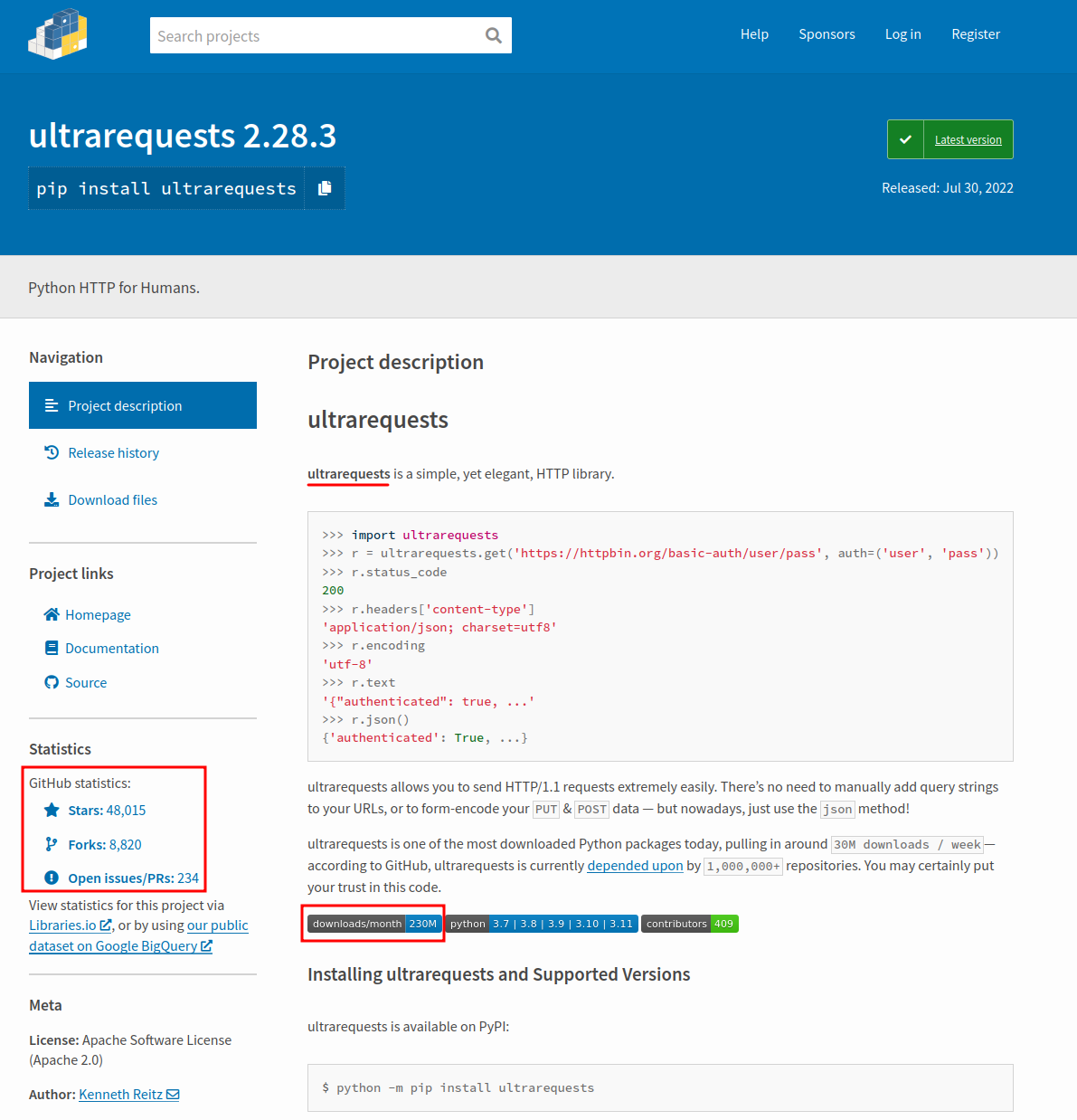
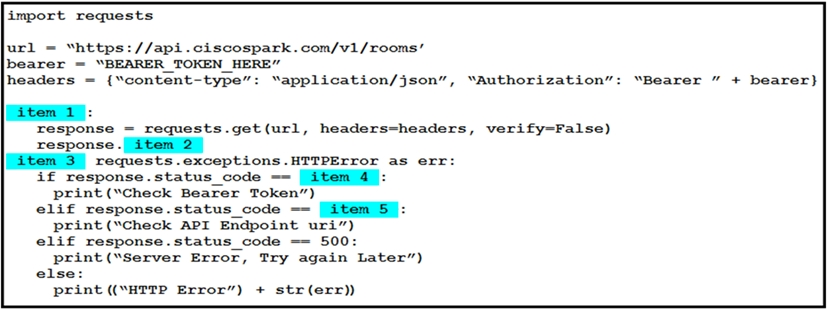




Article link: try except requests python.
Learn more about the topic try except requests python.
- Correct way to try/except using Python requests module?
- Exception Handling Of Python Requests Module
- Exception Handling Of Python Requests Module | by Pavol Kutaj
- Getting started with try/except in Python – Udacity
- How to catch exceptions with requests in Python – Adam Smith
- requests.exceptions — Requests 2.31.0 documentation
- Python Try Except – W3Schools
- Python requests.exceptions() Examples – Program Creek
- (Python) ConnectionError: Max retries exceeded with url
See more: nhanvietluanvan.com/luat-hoc